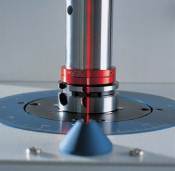A New Standard for Roughing in Moldmaking
A look at how to use modern toolholding technology with assurance that the cutting tool will not pull-out and how to increase feeds and speeds during heavy roughing.
As mold manufacturing in North America has become more globally competitive, the necessity to reduce expensive, labor-intensive practices has become paramount for shop owners. The goal for most shops is to reduce or completely eliminate polishing or spotting time on their molds, which can be accomplished through the use of sinker EDMs, hard milling of steel or cutting closer to net shape from the beginning of the machining process. Also, turn-around speed for mold deliveries has forced shops to examine all parts of their process in order to take away from overall machining time—even the rough milling process.
In order to address this challenge, moldmakers need to examine the entire process—e.g., selecting the correct machine tool is no longer the only consideration. It is important to investigate and choose the appropriate machine control, CAD/CAM software package, toolholders and cutting tools to complete the job most efficiently.
The Toolholding Factor
When looking for toolholder solutions for any type of machining, you should first focus on four main features: (1) Rigidity comes from sufficient taper contact and proper clamping of the toolholder in the machine tool spindle; (2) accuracy comes from minimal run-out at the cutting edge of the cutting tool; (3) Balance comes from a balanced assembly of the toolholder (including all accessories such as pull-studs) and cutting tool combination; and, (4) Security comes from the realization of 100 percent confidence that a cutting tool cannot be pulled from a chuck during extreme milling conditions.
This issue of security has become much more of a serious consideration with the latest innovations in cutting tools. Designs in variable flute end-mills and high helix designs have brought the issue of security more to the forefront in roughing applications. Consequently, gripping torque is considered when choosing the appropriate toolholder, but history has shown that it is not the only consideration. Some positive locking must be in place as well in order to prevent the micro-creeping of the cutting tool.
This has led to two remaining challenges: (1) how can a shop use modern toolholding technology while still having complete assurance that the cutting tool will not pull-out of high precision toolholders; and, (2) how can a shop increase its feeds and speeds during the heavy roughing process within extreme roughing applications?
Tool Clamping System
An innovative tool clamping system that works on the following principle has helped cutting tool suppliers establish integrated pull-out protection for round tools that unites frictional clamping force and positive locking. With regard to process reliability and high material removal rates (MRR), attainable results are much better than with this toolholding system than when using conventional toolholders—such that it is believed to becoming the standard for roughing:
Principle: spiral-shaped grooves are ground into the cutting tool shank. In combination with corresponding carbide drive pins in the toolholder (shrink fit, collet or hydraulic chucks), they prevent the tool from twisting or even being pulled out of the chuck during extreme machining, which can lead to enormous costs when expensive workpieces are involved. The interplay of pull-out protection and the best runout accuracy leads to low-vibration and thus very efficient machining. This enables a doubling of metal removal rates by considerably increasing cutting depths and feedrates. Tool wear is proportionally reduced, too (see Figure 1).
This tool clamping system was developed as a result of demands in heavy-duty roughing as is routinely performed in the aerospace and power generation industries. Innovative materials—such as various titanium alloys, are not only lightweight, but also high-strength, corrosion-resistant-and hard to machine. This not only applies to machine designs and processes, but also the cutting tools and toolholders used.
Applications
Many workpieces are milled from the solid, with up to 90 percent of the material often being machined. In order to optimize the process, both from an economic and qualitative point of view, and to achieve high material removal rates, high torques and low rpm are usually selected. However, such high performance cutting (HPC) generates high tensile forces. Coupled with high cutting and feeding forces, they lead to twisting movements of the cutting tool in the chuck, posing the danger of the cutting tool being pulled right out of the chuck due to the micro-creeping of the cutting tool. This especially applies to toolholders offering precise clamping with good runout accuracy, such as shrink-fit, hydraulic or milling chucks.
A customer will often get a false sense of security when higher holding torques in Nm are cited. A slipping of the cutter cannot be prevented through clamping force alone. This is a slow and creeping process. If the clamping force of a chuck were exceeded, the cutter would turn inside the chuck and break immediately. You can’t master dynamic processes in heavy machining simply with frictional clamping forces.
Up to now, with a lack of alternatives, many users have had to resort to conventional Weldon holders, whose clamp screw causes positive locking. This allows the generation of infinitely high torques, until the cutter ultimately breaks. However, these Weldon toolholders also bring the following known disadvantages: imprecise radial runout, which hinders productivity due to occurring vibrations; poor clamping because the shaft requires a bit of space in the chuck; poor balance properties due to the one-sided clamping surface; and, a short tool life for HPC tools, which are generally very expensive.
Only the right tool clamping system can offer relief and replace Weldon as the standard with unique advantages. This is true for all applications for which Weldon toolholders are currently in use—from titanium to aluminium to conventional tool steel (see Figure 2).
Moldmaking Advantages
The right tool clamping system can prove its practicality on several occasions—even in moldmaking applications. For instance, shops machining large mold cavities (such as large door panel or bumper mold bases) have often found a comprehensive endurance test with impressive results. With the integration of the right tool clamping system, mold shops have found that at no time was there a danger of the tool being pulled out of the chuck—avoiding the potential scrapping of extremely expensive blocks of steel. In addition, on average the tool life more than doubled. And oftentimes, remarkable differences were noted on the surface of the workpiece.
During roughing and finishing operations, using this tool clamping system, no vibrations and consequently no chatter marks, were generated.. Based on this, significant productivity increases were able to be achieved through the increase in material removal rates— hence getting their molds machined faster.
Application: Circumferential milling
Material: Tool steel
HPC solid carbide cutter with uneven division, D= 20 mm, Z=4
Application parameters: ae=10 mm, ap=0,75xD, vc=180m/min, fz=0.07 mm
The principle of this tool clamping system is not limited to shrink fit chucks. It can also be integrated into collet chucks and hydraulic chucks (see Figure 3).
In the moldmaking industry today, shop leaders can confidently choose a secure toolholding method that is accurate, stable and consistent in order to keep them viable in today’s globally competitive climate.
Related Content
It Starts With the Part: A Plastic Part Checklist Ensures Good Mold Design
All successful mold build projects start with examining the part to be molded to ensure it is moldable and will meet the customers' production objectives.
Read MoreHow to Eliminate Chatter
Here are techniques commonly used to combat chatter and guidelines to establish a foundation for optimizing the moldmaking process.
Read MoreSolving Mold Alignment Problems with the Right Alignment Lock
Correct alignment lock selection can reduce maintenance costs and molding downtime, as well as increase part quality over the mold’s entire life.
Read MoreMachining Center Spindles: What You Need to Know
Why and how to research spindle technology before purchasing a machining center.
Read MoreRead Next
Increase Productivity with Balanced Toolholder Assemblies
During these times of economic uncertainty, it’s more important than ever for manufacturers to make sure they are getting the most efficient and productive use of their equipment. Operators of machine tools can do this by finely balancing the tools and toolholders being installed on their machines.
Read MoreAre You a Moldmaker Considering 3D Printing? Consider the 3D Printing Workshop at NPE2024
Presentations will cover 3D printing for mold tooling, material innovation, product development, bridge production and full-scale, high-volume additive manufacturing.
Read MoreHow to Use Continuing Education to Remain Competitive in Moldmaking
Continued training helps moldmakers make tooling decisions and properly use the latest cutting tool to efficiently machine high-quality molds.
Read More
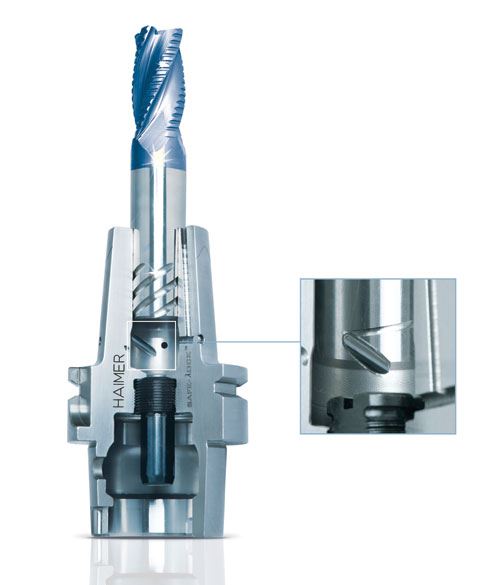
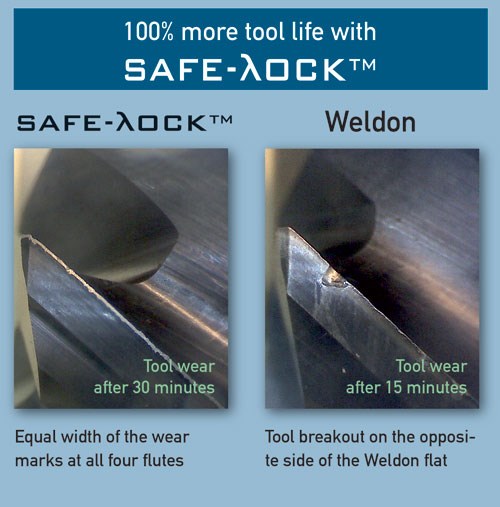
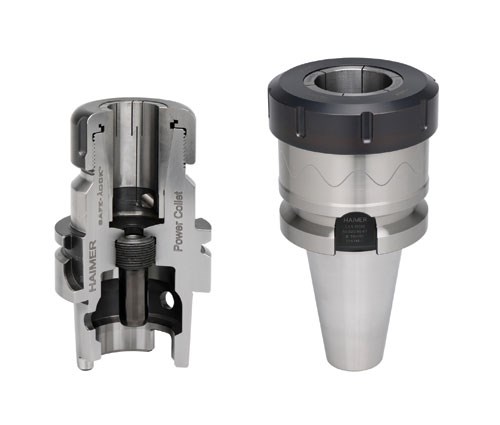
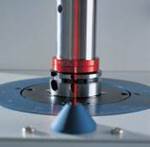










.png;maxWidth=300;quality=90)






